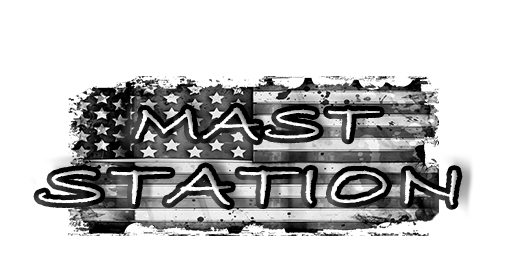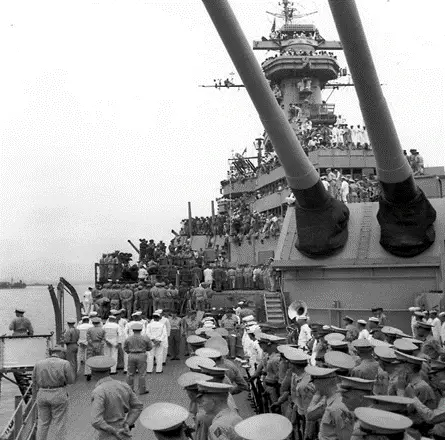The Second Great War and interwar years:
During World War I, the U.S. Seapower spent a huge load of its assets getting and passing on unlimited warriors and marines of the American Expeditionary Force and war supplies across the Atlantic in U-boat tormented waters with the Cruiser and Transport Force. It correspondingly based on laying the North Sea Mine Barrage. Vacillating by the senior solicitation proposed that ocean powers were not contributed until late 1917. Boat Division Nine was dispatched to Britain and filled in as the Sixth Battle Squadron of the British Grand Fleet. Its quality permitted the British to decommission some more settled ships and reuse the social affairs on more modest vessels. Destroyers and U.S. Ocean Air Force units like the Northern Bombing Group added to the counter submarine activities. The strength of the United States Navy made under an aching vehicle building program related to the Naval Act of 1916.
Maritime unforeseen development, particularly of warships, was kept by the Washington Naval Conference of 1921–22. The plane passing on warships USS Saratoga (CV-3) and USS Lexington (CV-2) relied upon the plans of genuinely created fight cruisers that had been dropped by the strategy. The New Deal utilized Public Works Administration assets for creating warships, for example, USS Yorktown (CV-5) and USS Enterprise (CV-6). By 1936, with the fruition of the USS Wasp (CV-7), the U.S. Seapower had a transporter team of 165,000 tons ejection, yet this figure was evidently recorded as 135,000 tons to change in accordance with settlement limits. Franklin Roosevelt, the number two master in the Navy Department during World War I, appreciated the Navy and gave it solid help. Accordingly, senior pioneers were fiery for progress and examined different streets concerning new advances, for example, engaging torpedoes, and built up a structure called War Plan Orange for the win in the Pacific in a hypothetical battle with Japan that would, in the end, become reality.
The Second Great War:
The U.S. Seapower shaped into an imperative power quite a while before World War II, with transport creation being restarted in 1937, beginning with USS North Carolina (BB-55). Despite the path that at the end unfruitful, Japan tried to execute this major danger with the surprising assault on Pearl Harbor on 7 December 1941. Following the American area into the dispute, the U.S. Seapower developed significantly as the United States was confronted with a two-front conflict on the oceans. It accomplished striking underwriting in the Pacific Theater, where it was instrumental to the Allies’ convincing “island swaying” campaign. The U.S. Oceanic force took an interest in different fundamental fights, including the Battle of the Coral Sea, the Battle of Midway, the Solomon Islands Campaign, and the Battle of the Philippine Sea. By 1943, the sea force’s size was more noteworthy than the joined teams of the enormous number of other contender countries in World War II. By war’s end in 1945, the U.S. Seapower had added various new ships, including 18 planes passing on warships and 8 warships, and had more than 70% of the world’s done numbers and an absolute heap of ocean vessels of 1,000 tons or greater. At its zenith, the U.S. Oceanic force was working 6,768 boats on V-J Day in August 1945.
The show had basically moved before the completion of the contention. The U.S. Maritime power had proceeded in the steps of the maritime powers of Great Britain and Germany which upheld concentrated social occasions of war vessels as their essential antagonistic oceanic weapons. The improvement of the plane conveying warship and its staggering use by the Japanese against the U.S. at Pearl Harbor, in any case, moved U.S. thinking. The Pearl Harbor attack destroyed or made an out-of-move incalculable U.S. Maritime power ship. This put a huge piece of the heaviness of retaliating against the Japanese on the unassuming number of plane carriers. During World War II roughly 4,000,000 Americans served in the United States Navy.


